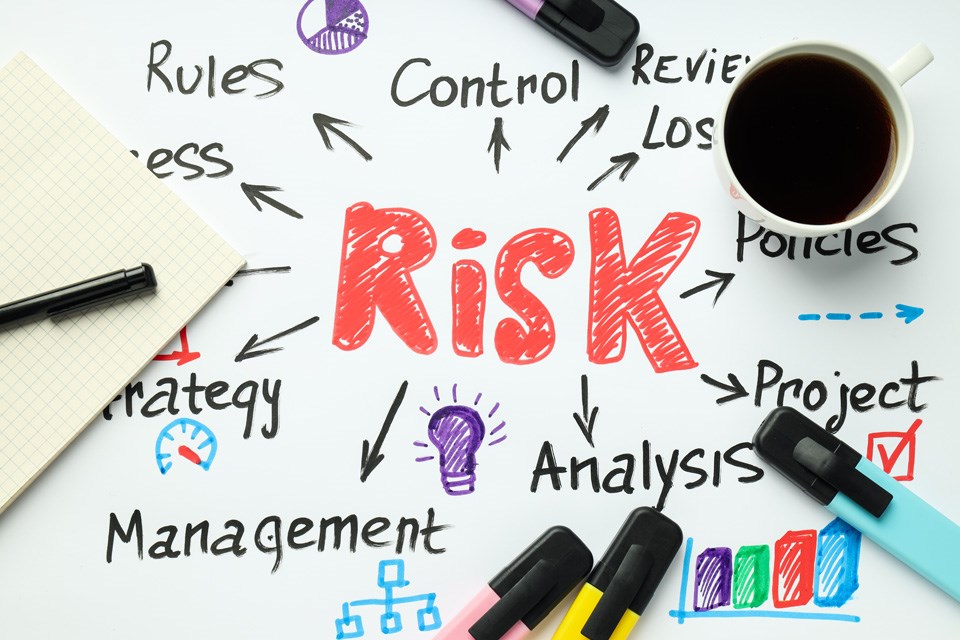All investments come with some degree of risk; the higher the potential return of the investment, the higher the risk that you may lose some or all of your money. Understanding your personal risk tolerance and factoring it into your investment decisions can help you make suitable investments.
How can I determine my risk tolerance?
Risk tolerance is a measure of your ability and willingness to take risks with your money, with the understanding that the performance of your investments may not achieve the expected results. Whether you started investing in your 20s or nearing retirement, everyone has a different risk tolerance that gradually changes over time as they enter new life stages. Your personal preferences also change as you approach your financial goals.
When working with a registered financial advisor or a robo-advisor, a Know Your Client (KYC) form must be filled out before you begin investing. KYC forms play an important part in your investing journey by aiding financial advisors and robo-advisor services to better understand your risk appetite and the suitability of recommended investments. If you are planning to do self-directed investing, it is essential to personally assess your risk tolerance before starting. One tool that is available to help you is the Know your risk tolerance quiz available at CheckFirst.ca/risk-tolerance-quiz, brought to you by the Alberta Securities Commission.
Tips to keep your investment portfolio in check with your risk tolerance
Whether you are a new or experienced investor, continually paying attention to and considering your risk tolerance is essential for long-term investing success.
1) Reassess your risk tolerance annually: Your life changes over time and so does the level of risk you want to be exposed to. Consider filling out a new KYC form with your advisor, retaking the CheckFirst quiz every year, or if you reach a new life stage, like getting married or nearing retirement.
2) Be honest with yourself: Investing is a personal journey and requires you to be open and honest with yourself and the investment professionals you work with on the level of risk you are willing to take. For instance, consider if you were to see a hypothetical 50% drop in your investment portfolio value. Reflect on your emotional and financial state if that were to happen and from this place, you will be able to more accurately answer KYC forms and thoughtfully consider high risk investments.
3) Think about your goals: The length of time you expect to hold your investments before withdrawing funds can be an important factor in determining the level of risk you take. Generally, the longer your time horizon, the more risk you can take, as you will have more time to recover if your investment underperforms for a period. The shorter the timeframe, the less risk you may want to take to preserve what you have invested.
4) Adjust your portfolio if it no longer falls within your risk tolerance: As your risk tolerance changes over time, your investments should re-align with it. If you are working with an advisor they can help adjust your portfolio to better represent your risk level. If you are investing on your own, consider how you can slowly adjust the level of risk within your portfolio by using appropriate risk-aligned investments. You can learn more about the different types of investments and their risk levels at CheckFirst.ca/how-to-invest/type-of-investment/.
Investing without considering your risk tolerance can lead to poor performance and ill-suited investments for your financial goals. By assessing your risk appetite throughout your investing journey, you can confidently build a portfolio to best meet your financial goals and comfort level.
To learn more about investing fundamentals and how to avoid investment fraud, we encourage you to visit CheckFirst.ca



